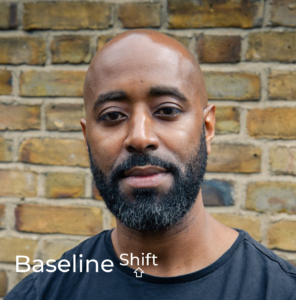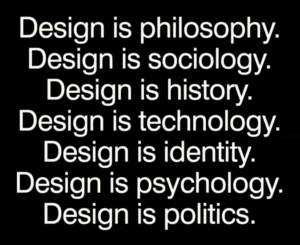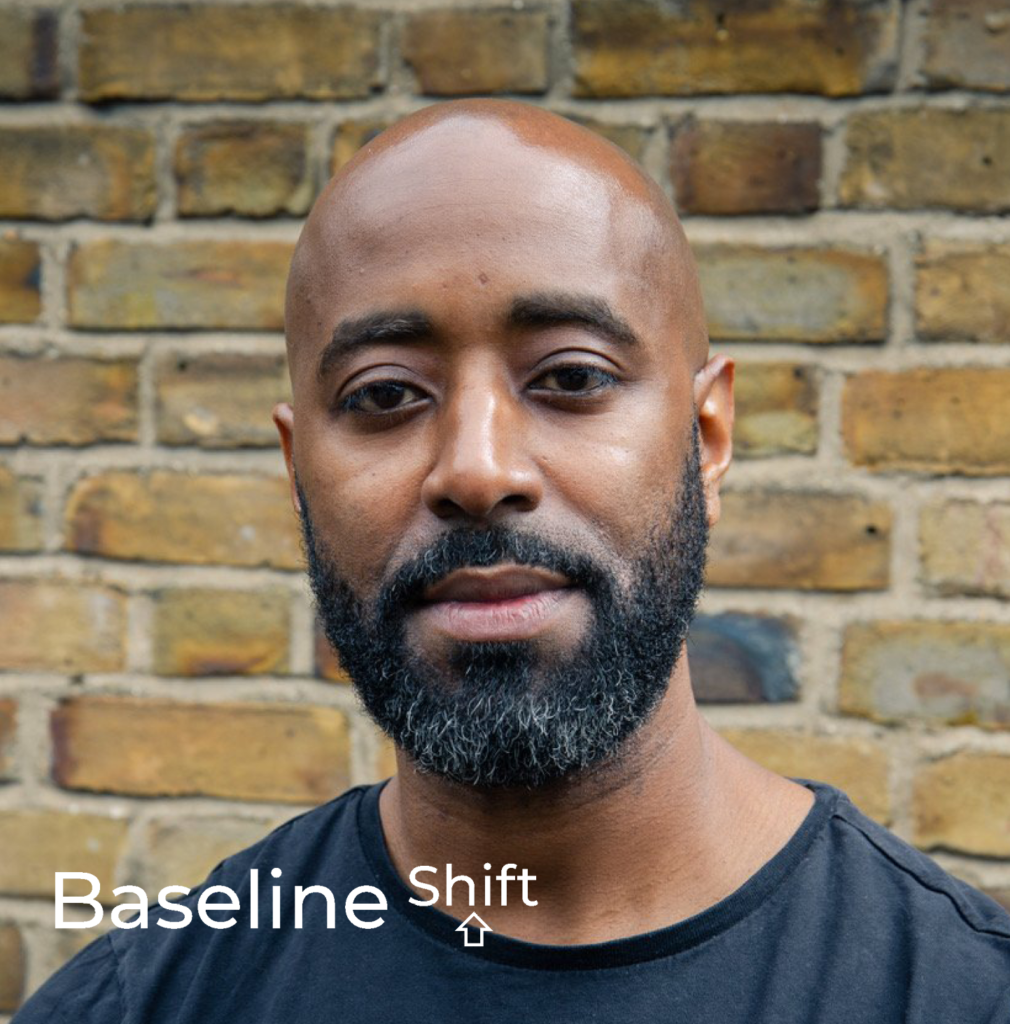
In Week 8 of Autumn Term, we were joined by Greg Bunbury a Graphic designer and consultant, as well as a sessional lecturer here at Reading. In this session, Greg spoke of real-life experiences, gave the students interactive elements throughout his presentation and really engaged with why ethical design is so crucial to today’s industry.
What is ethical design?
Greg began by approaching the students with the trolley problem. This warmed them into understanding the most drastic form of moral principle. Greg states that as designers we do not always see the consequences of our ethical choices. Things get complex, and that is why Ethical design is so important.
Ethical design is all about respect – using a broad approach to design products/services or experiences that priorities moral principles/values. Ethical design is not just about something looking good or doing its job– it must also contributes positively to society. Ethics is considered a route to advocacy and activism but in itself it is a different construct. Ethics can lead to advocacy and activism but that isn’t what ethics is. Most humans have a moral compass allowing them to be respectful and honest. However, this doesn’t stop them from being ignorant when it comes to understanding world issues to allow for ethical progression.
‘Design is about intention not delivery’ – Greg Bunbury
A good guide to follow is the ethical pyramid which represents respect beginning with human rights, leading to human efforts, and onto human experiences. Greg says that ‘ethics is not politics. It is moral human behaviour, a study of right and wrong.’

Why is Ethical design Important?
Unethical design causes harm. Unethical design affects people in many different ways: physically, through financial strain, sleep deprivation, or the taking of personal data. People can feel betrayed by design, and can be affected emotionally and financially. Exclusion by design can be extremely debilitating for some people. For example, making a building inaccessible to wheelchair users by excluding ramps and lifts and disabled toilets is cruel. Design can also be ageist, biased, racist, employee greenwashing, or generally conceal rather than reveal truths.
Dark patterns are a seriously unethical way of mistreating humans basic rights, issues such as hidden costs, opting into handing over data to use their sites, roach motel, forced continuity and covert spam. Design should be clear and ethical and this is the key to great design.

How can you bring ethics into your design work?
- Learn what you think – there’s nothing worse than having an opinion but no understanding of why you hold this opinion. People challenge and question you in life and you need to be prepared with why you think what you think.
2. Learn to ask powerful questions – question the suppliers you chose, the printers, your advisors, the images that you choose.
3. Learn to say ‘no’ – If something isn’t right or ethical say ‘no’, avoid dark patterns and choose a better path.
‘WHY?’ is such a strong question to ask yourself and others it challenges us to understand our choices and the choices of others. So next time you go to say ‘yes’ to something think about why your saying yes in a deeper perspective.
Never lose sight of your purpose and values in design.
Conclusion
Greg offered an extremely insightful talk that every student learned from. He made it clear how important being ethical in your design work is and the success to being more ethical. He covered a wide range of topics within his presentation such as the trolley problem is unrealistic and you will not necessarily see the effect that your design has on people but questioning why will be key to being as moral as you can be. Design is so much more than being creative it is about portraying a message, being inclusive and making it user friendly. Greg’s work and words are truly empowering and his passion and honesty in his journey and experience is inspiring to young designers searching for their place in design.
‘ I really liked how Greg highlighted and warned people of the potential mistreatment of freelance designers so that students can be more wary when handling clients should they choose to be freelancers, issues such as no credit of the work or even denying the work you created and not paying etc.’ – Part 2 student
‘Seeing the emotional side of design and also seeing Greg’s work was amazing’ – Part 2 student
‘Greg’s insight into ethical design should be mentioned much more along this course’ – Part 3 Student

